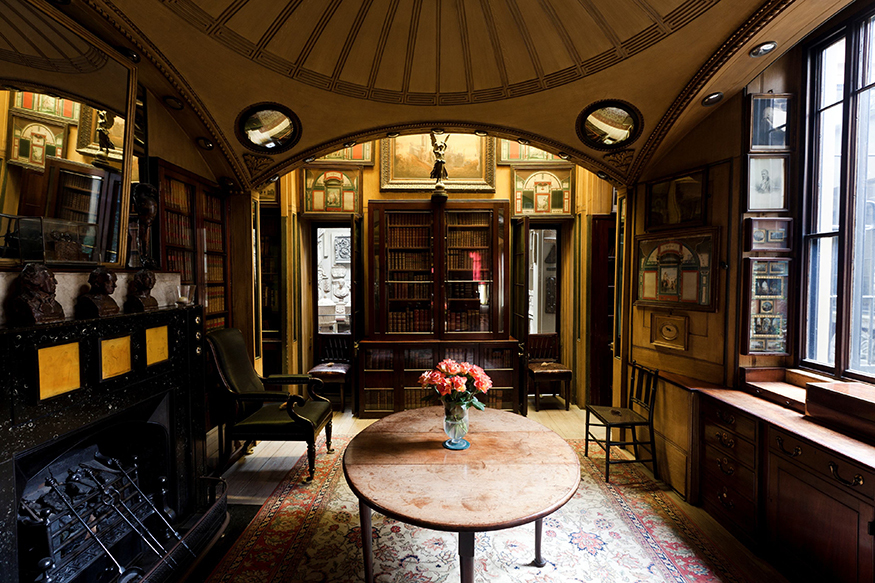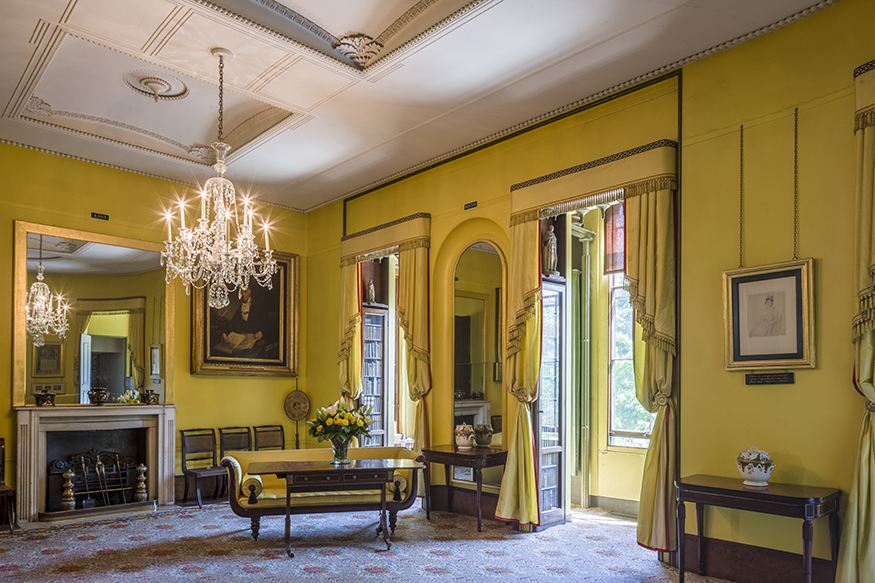
Sir John Soane was perhaps Britain's most famous neoclassical architect: he was the man who built the Bank of England and the Dulwich Picture Gallery. He was also an unstoppable collector who amassed thousands of objects from across the planet, proudly showing them off in his own home on Lincoln’s Inn Fields.
That collection remains one of London’s richest, most eccentric treasure-troves, in the form of Sir John Soane's Museum. It’s coming to the end of a major restoration project, making this a very exciting time to visit.
The hoard
The museum houses some 40,000 objects – sculptures, books, paintings, and curiosities of all sorts. Many are on permanent display, while others can only be seen by appointment.

A DIY museum
Nothing symbolises the power Soane wielded as a collector like the sarcophagus of the Egyptian King Seti I, kept in the basement. In 1825, he bought it for £2000 – a sum which the British Museum had refused to stump up - and held a three-day party to unveil it.
Taking the law into his own house
In 1833, Soane actually managed to get Parliament to pass legislation that would require trustees to preserve his house and collection, exactly as things stood at the time of his death.

A sketchy history
How do they know exactly how the house looked when Soane died in 1837? As a teacher, Soane would request his pupils to perform sketches of it. As such, it’s become one of the best-documented building interiors in the world, with thousands of records.
A corking story
One Victorian curator can’t have got the memo about keeping everything as Soane had left it. The aptly-named James Wild lopped a section off a cork model of Pompeii in order to move things around, and promptly binned it.

The practical joke?
Fully plumbed and with flushing toilets, Soane’s house was luxurious for its time. But he stipulated that the lid on his bathtub remain sealed up until 1896 (59 years after his death). When it was eventually lifted – with great ceremony – all that was found inside was junk, including papers and false teeth. Victorian newspapers speculated this was Soane’s strange idea of a joke.
Security matters
In a bid to safeguard the collection, until as recently as the 1940s, the museum’s curator actually lived in an apartment upstairs. Sometimes they’d have to pop out for the milk, though…

The imperfect crime
When the house was burgled in 1969, thieves made off with a Watteau painting and with a pistol which was rumoured to have belonged to Napoleon. But the priceless painting was ditched at a railway station, while the pistol was in fact a fake.
Not exactly how Soane left it...
An attempted robbery in February 1987 was foiled when police ‘staking out’ the premises were able to combat an armed gang who gained entry. A filled-in bullet hole in the entrance to the building bears witness to the drama, in which the gangleader was shot dead.
Discover more secrets of Sir John Soane’s Museum at 13 Lincoln’s Inn Fields, London, WC2A 3BP. It’s free to visit, and open Wednesday-Sunday, 10am-5pm. Last entry 4.30pm.



